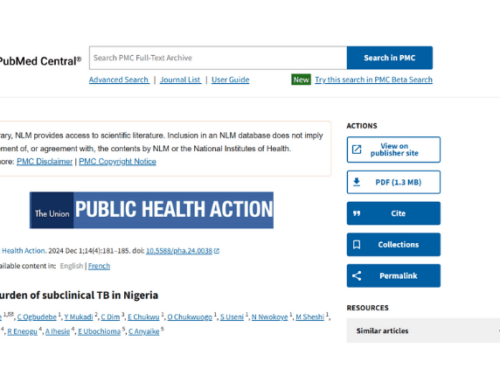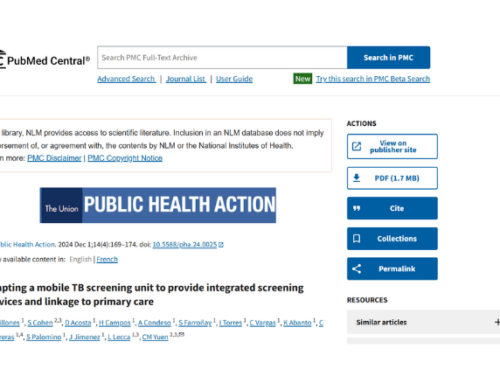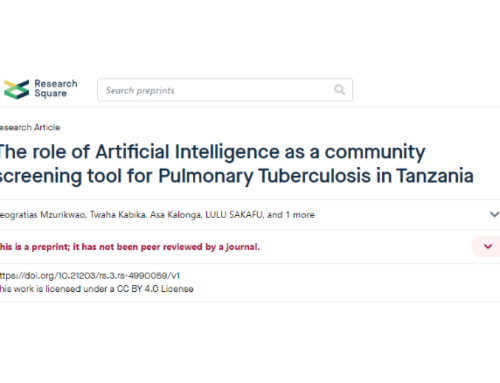Diagnostic accuracy of Chest X-Ray Computer Aided Detection software and blood biomarkers for detection of prevalent and incident tuberculosis in household contacts followed up for 5 years
🔗2024
🔗Journal/Publication: medRxiv
🔗Read it in full version: https://doi.org/10.1101/2024.06.30.24309731
Abstract
Background: WHO Tuberculosis (TB) screening guidelines recommend computer-aided detection (CAD) software for chest radiograph (CXR) interpretation. However, studies evaluating their diagnostic and prognostic accuracy are limited.
Methods: We conducted a prospective cohort study of household TB contacts in South Africa. Participants all underwent baseline CXR and sputum investigation (routine [single spontaneous] and enhanced [additionally 2-3 induced] sputum investigation and passive and active follow-up for incident TB. CXR were processed comparing 3 CAD softwares (CAD4TBv7.0, qXRv3.0.0, and Lunit INSIGHT CXR 3.1.4.111). We evaluated their performance to detect routine and enhanced prevalent, and incident TB, comparing the performance to blood-based biomarkers (Xpert MTB host-response, Erythrocyte Sedimentation Rate, C-Reactive Protein, QuantiFERON) in a subgroup.
Findings: 483 participants were followed-up for 4.6 years (median). There were 23 prevalent (7 routinely diagnosed) and 38 incident TB cases. The AUC ROC to identify prevalent TB for CAD4TB, qXR and Lunit INSIGHT CXR were 0.87 (95% CI 0.77-0.96), 0.88 (95% CI 0.79-0.97) and 0.91 (95% CI 0.83-0.99) respectively. >30% with scores above recommended CAD thresholds who were bacteriologically negative on routine baseline sputum were subsequently diagnosed by enhanced baseline sputum investigation or during follow-up. The AUC performance of baseline CAD to identify incident cases ranged between 0.60-0.65. The diagnostic performance of CAD for prevalent TB was superior to blood-based biomarkers.
Interpretation: Our findings suggest that the potential of CAD-CXR screening for TB is not maximised as a high proportion of those above current thresholds but with a negative routine confirmatory sputum have true TB disease that may benefit intervention.
Summary: We found that the diagnostic accuracy of CAD-CXR to identify prevalent TB cases in household TB contacts was high but >30% with scores above recommended CAD thresholds who were bacteriologically negative on routine testing baseline were subsequently diagnosed suggest that the potential of CAD-CXR screening is not maximised.



